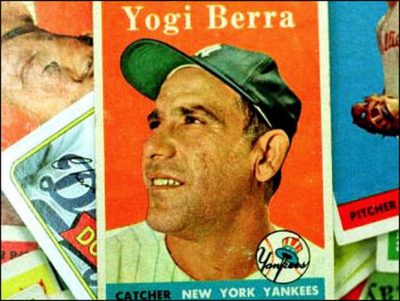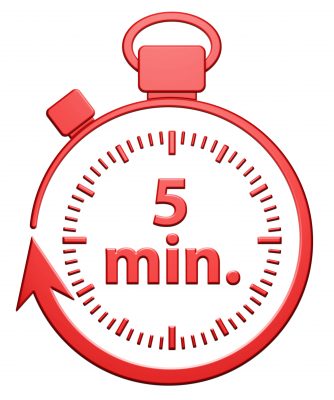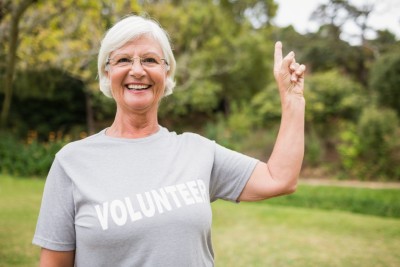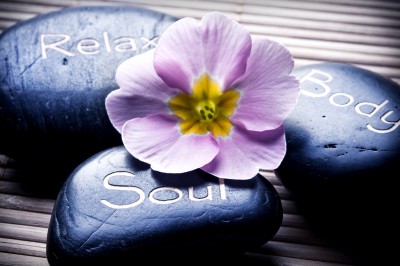 Lawrence Peter “Yogi” Berra was an American professional baseball catcher, manager, and coach who played 19 seasons in Major League Baseball. One of his famous quotes “The Future Ain’t What it Used to Be” couldn’t be more appropriate as we look at the paradigm shifts taking place in our aging world.
Lawrence Peter “Yogi” Berra was an American professional baseball catcher, manager, and coach who played 19 seasons in Major League Baseball. One of his famous quotes “The Future Ain’t What it Used to Be” couldn’t be more appropriate as we look at the paradigm shifts taking place in our aging world.
Let’s ponder these facts:
- By 2050, the number of people over 65 will more than double. Cities, communities, companies–and our entire culture–have some adjusting to do.
- According the World Health Organization, the world will be short of 12.9 million health-care workers by 2035; today, that figure stands at 7.2 million. A 2013 WHO report warns that the findings – if not addressed now – will have serious implications for the health of billions of people across all regions of the world.
- Increases in the number of older Americans will have a profound impact on the age structure of the U.S. population. Back in 1970, children made up about one-third of the U.S. population, and only one-tenth were ages 65 and older. Today, the proportion who are children has dropped to about one-fourth, while the share who are elderly has risen to 13 percent.
Collaboration among and between private and public sectors who serve aging adults and their caregivers is taking off. We are all realizing that creating partnerships benefits all stake holders.
I think the legacy of this time period is not just about the paradigm shift, but that we have before us the greatest opportunity to instill in people the need to care for our elders and each other as we face these enormous societal challenges. We can humanize the way we care for others across generations. This is exciting and perhaps the greatest gift we can give to future generations.
The future certainly ain’t what it used to be…it can be better than ever!
Pam Brandon is President/Founder of AGE-u-cate® Training Institute. A passionate advocate for our elders and those that care for them, her company’s mission is grounded in creating transformative change by providing innovative training and education.
 Time is precious. Staff is in short supply. Family caregivers are stretched to the limit. Just taking care of the basic needs is hard enough, so five minutes a day seems – IMPOSSIBLE!
Time is precious. Staff is in short supply. Family caregivers are stretched to the limit. Just taking care of the basic needs is hard enough, so five minutes a day seems – IMPOSSIBLE! Research has shown that volunteering leads to better health and that older volunteers are the most likely to receive physical and mental health benefits from their volunteer activities. Volunteering often leads to what is referred to as a “helper’s high”.
Research has shown that volunteering leads to better health and that older volunteers are the most likely to receive physical and mental health benefits from their volunteer activities. Volunteering often leads to what is referred to as a “helper’s high”. Call it awareness, attention, focus, presence, or vigilance. It’s proving to be a powerful and effective practice in coping with stress. Caregiving can easily top the charts on stress, especially for caregivers of elders with chronic illness and dementia. Mindfulness for caregivers means learning to live in the moment, accept the reality of a situation, and filter out distractions.
Call it awareness, attention, focus, presence, or vigilance. It’s proving to be a powerful and effective practice in coping with stress. Caregiving can easily top the charts on stress, especially for caregivers of elders with chronic illness and dementia. Mindfulness for caregivers means learning to live in the moment, accept the reality of a situation, and filter out distractions.